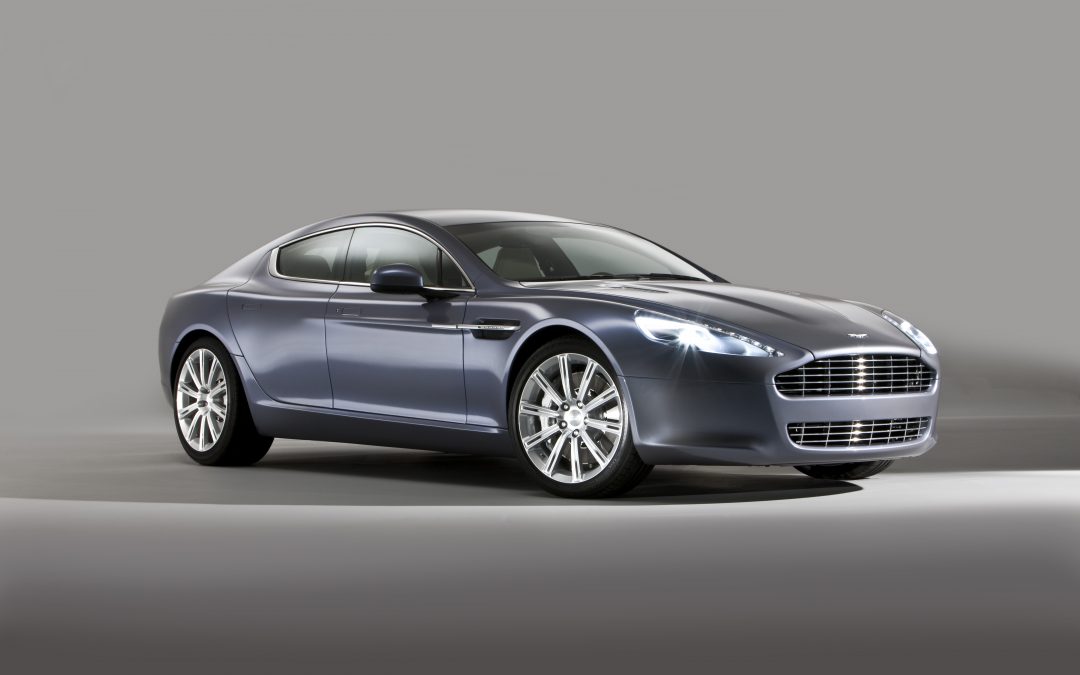When we think of Computer Aided Design (CAD), we often think of how it can help develop small consumer products or assist in the blue prints for the construction of architectural projects. However, it can also be used in the car manufacturing industry.
Back in the beginning
It was first introduced into automotive design by Dr. Patrick J. Hanratty during the mid-1960s. He developed a computer software system used by General Motors that helped to automate what had, until then, been considered repetitive drafting chores.
As the cost of computers decreased and technology developed rapidly, the use of CAD in car manufacturing grew too indegenerique.be. Nowadays, there is barely a car produced that doesn’t rely on CAD for part of its design, engineering or manufacturing.
Why it helps…
Computer Aided Design helps to bring designs to life, ensuring their features can be refined and tested before anything is constructed. Performance can be simulated and experts can work together to find the most efficient solutions. It is also quick to design sections that would have previously been time-consuming and demanding.
Getting feedback
Using Computer Aided Design in the development of cars enables the engineering and manufacturing teams to be involved in sharing feedback before it is built – commenting on how feasible certain aspects are, whether the process can be streamlined, etc.
It also means the research and marketing teams having something to work with prior to construction in order to get a sense of what the consumer feedback is. This can significantly help in saving money and cutting back on manufacturing errors. If something is shown not to work before it is built, there are far less costs and delays.
This time-saving runs down the entire chain and allows car manufacturers to produce new models quickly, efficiently and more cost-effectively. Work is easier for everyone involved.
Keeping faults at bay
In using Automotive CAD systems, it is also possible to spot faults on the production line and eliminate these immediately. Traditionally, car manufacturers would have had to take parts away for testing. They would have only been able to test small sections of large batches, meaning there was always the risk of something going wrong elsewhere.
It also caused delays and prohibited manufacturing until everything had been confirmed as okay. If problems occurred during the production run, this further added to the time it took. Nowadays, manufacturers use something known as Computer Aided Quality Assurance (CAQC) which tests designs and products during the manufacturing.
Of all the thousands of parts produced, every single one is tested. This limits the potential for faults and improves the risk assessment of each car developed.
Simulating real-life situations
Computer Aided Design simulations also means that the computers can simulate various real life situations on 3D models. This includes testing for what would happen if there was a violent impact, harsh weather, high speeds, wear and tear, and during crashes.
Engineers can predict much more accurately how the car will respond and fine-tune where possible to eliminate danger and risk to the passengers. This significantly helps safety records and gives buyers greater confidence that they’re purchasing a safe vehicle.
Additionally, different individual elements of the car can be tested to ensure they are safe. This includes how well the seat belts function, whether the air bags respond effectively and efficiently, how the car feels to navigate and handle, whether the brakes work in all numbers of emergency situations and how the windscreen would react in a crash. After all, shattering glass could be just as dangerous as the impact.
The human touch
The automotive industry has been able to develop many specialist CAD softwares to respond to their needs. However, as with many industries that use Computer Aided Design, that’s not to say the human touch has become redundant. While there is plenty of technical data available, it still requires a human to run and assess everything and apply the common sense and logic that computers can sometimes lack.
Contact us
To find out how Computer Aided Design can help your industry and business, get in touch with us at Restoric Design today.



